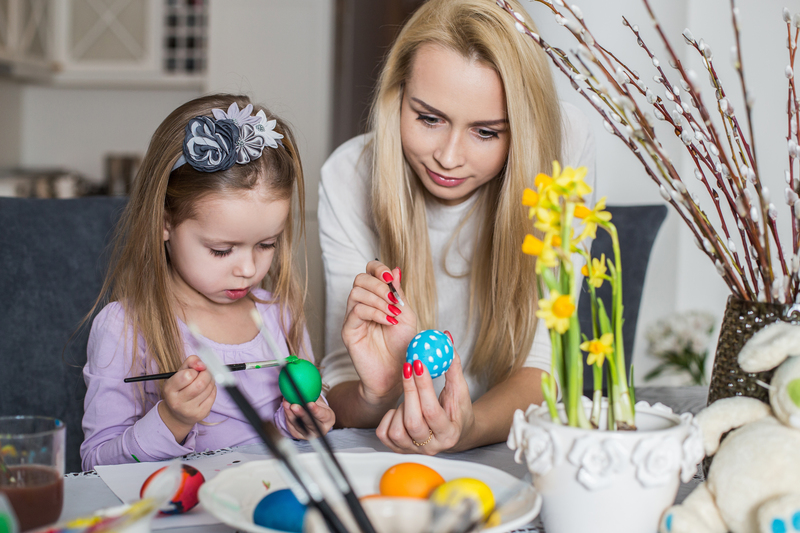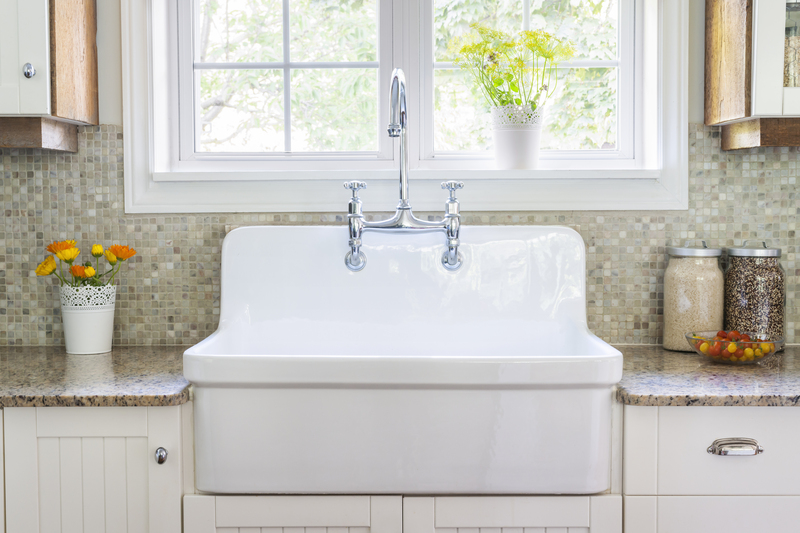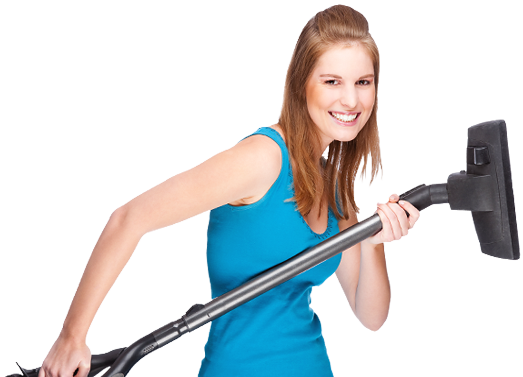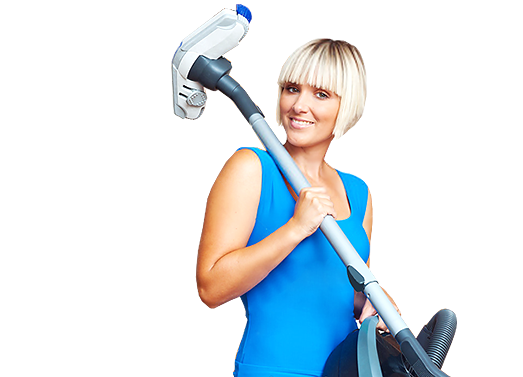Discover the Best Methods for Carpet and Hard Floor Cleaning
Posted on 20/06/2025
Discover the Best Methods for Carpet and Hard Floor Cleaning
Maintaining pristine carpets and gleaming hard floors can significantly elevate your home's look and prolong the life of your flooring. In this comprehensive guide, we'll explore the top techniques and products for effective carpet and hard floor cleaning. Whether you're dealing with stubborn stains, general dirt, or want to preserve your floor's longevity, this article will help you achieve sparkling results.

Why Regular Floor and Carpet Cleaning Matters
Regular cleaning is essential not only for aesthetics but also for the health of your household. Carpets and hard floors can harbor allergens, dust, and bacteria. Routine maintenance ensures your floors remain clean, hygienic, and damage-free for years to come.
- Prevents build-up: Dust and debris can wear down fibers and surfaces over time.
- Improves air quality: Especially important for asthma and allergy sufferers.
- Enhances appearance: Freshly cleaned floors uplift your home's atmosphere.
- Protects investment: Extend your carpet and hard floor's lifespan.
Best Carpet Cleaning Methods
Vacuuming Techniques
The foundation of any effective carpet cleaning routine is regular vacuuming. This method removes loose dirt, dust, hair, and allergens from the carpet fibers. For the best results:
- Vacuum at least once a week--increase frequency in high-traffic areas.
- Use a vacuum with HEPA filters to capture fine particles.
- Go slow and steady, making multiple passes over each section.
- Edge the carpet: Use the crevice tool along baseboards where dust gathers.
Spot Cleaning for Stains
Spot cleaning is crucial whenever spills or pet accidents occur. Acting promptly can prevent permanent stains. Here are the best steps for carpet spot cleaning:
- Blot, don't rub: Use a clean white cloth to absorb as much liquid as possible.
- Apply mild cleaning solution: Choose a carpet-specific stain remover or a mix of water and gentle detergent.
- Rinse and blot dry: Remove any residue with clean water.
- Pro Tip: For organic stains (food, wine, pet mess), use an enzymatic cleaner for superior results.
Steam Cleaning (Hot Water Extraction)
Considered by many professionals as the most effective carpet cleaning method, steam cleaning uses hot water and detergent sprayed deep into carpet fibers, loosening dirt which is then extracted.
- Deep cleans: Reaches embedded grime and allergens.
- Eco-friendly options: Some steam cleaners use minimal chemicals.
- Rent or buy machinery: DIY units are available, but professional services yield deeper results.
- Frequency: Deep clean high-traffic carpets every 6-12 months.
Dry Carpet Cleaning
This technique uses minimal moisture and specialized dry cleaning compounds or powders:
- Sprinkle the compound over the carpet and work it in with a machine or brush.
- Let it absorb dirt for 15-30 minutes.
- Vacuum thoroughly to remove the compound and trapped dirt.
- Advantage: No drying time, ideal for commercial spaces or busy homes.
Shampooing Carpets
Carpet shampooing involves applying a foamy detergent and scrubbing the carpet, then vacuuming after drying. This method is best for heavily soiled areas, though it may leave residue if not done correctly. Ensure you rinse well to avoid sticky carpets that attract more dirt.
Encapsulation Cleaning
This modern method involves applying a special cleaning solution that encapsulates dirt particles:
- Solution dries into crystals, trapping soil.
- Vacuuming removes the crystals, leaving the carpet clean.
- Quick-drying and efficient for maintenance cleaning.
Best Practices for Hard Floor Cleaning
General Maintenance
Regardless of the type of hard floor, basic maintenance is crucial. Sweeping, dust mopping, or vacuuming should be done daily to remove grit and debris that can scratch surfaces.
- Use a microfiber mop or soft-bristled broom: Prevents scratching and dust recirculation.
- Vacuum with a hard floor attachment: Avoid beater bars which can damage flooring.
Mopping Techniques for Different Hard Surfaces
Understanding your flooring material is important in choosing the right cleaning approach. Here's a look at popular hard floor cleaning methods by material:
-
Wood Floors:
- Use a damp (not wet) mop: Excess moisture can cause warping.
- Choose wood-safe cleaners: Avoid harsh chemicals and stick to pH-neutral products.
- Tip: Dry the floor with a microfiber cloth after mopping to prevent water damage.
-
Laminates:
- Don't soak: Water can cause swelling and separation.
- Use a lightly dampened mop and quickly dry the surface.
-
Tiles (Ceramic or Porcelain):
- Warm water and mild detergent are perfect for most cleaning jobs.
- Scrub grout lines: A soft brush keeps grout looking fresh.
- Rinse thoroughly: To avoid streaks and sticky residue.
-
Vinyl Floors:
- Microfiber mops work wonders on vinyl.
- Avoid abrasive tools: Prevent scratches and dullness.
-
Natural Stone (Marble, Granite, Limestone):
- Use pH-neutral stone cleaners: Acidic products can etch the surface.
- Seal regularly to guard against stains and wear.
Steam Mopping
Steam mops provide a chemical-free method for hard floor deep cleaning. They're effective against bacteria and can lift light stains. However, avoid steam cleaning on unsealed hardwood or delicate flooring, as the moisture may cause damage.
Spot Treatment for Hard Floors
For isolated spots or tough stains, spot-treat floors with appropriate cleaners. Always follow manufacturer recommendations and test on inconspicuous areas first.
- For sticky spills: Wipe up immediately with a damp cloth.
- For scuff marks: Use a tennis ball or an eraser pad for gentle removal.
- For mineral deposits: A solution of vinegar and water may help, but not for natural stone floors.
Preventative Care and Maintenance
Avoid future problems with these floor care tips:
- Use mats: Place entry mats to reduce tracked-in dirt.
- Felt pads under furniture: Prevent scratches and gouges.
- Implement a no-shoes policy for cleaner floors with less effort.
Choosing the Right Cleaning Products and Equipment
The right tools make a significant difference in effective carpet and hard floor cleaning:
- Microfiber mops and cloths: Trap more dust and require less water.
- HEPA-filter vacuums: Capture allergens and fine dust from carpets and hard surfaces.
- Eco-friendly cleaners: Safer for your family, pets, and the environment.
- Carpet and floor-specific detergents: Avoid universal products that may damage the surface.
DIY vs. Professional Floor Cleaning
While regular upkeep is manageable at home, some tasks benefit from professional carpet and hard floor cleaning services:
- Deep cleaning equipment: Pros use powerful machines not typically available to consumers.
- Specialized knowledge: Knowing the right products and methods prevents damage.
- Time-saving: Professionals can refresh large areas quickly and efficiently.
If you're considering hiring help, research reputable providers and verify their credentials and customer reviews.
Eco-Friendly Floor Cleaning Solutions
Many people are seeking green cleaning recipes for their carpets and hard surfaces. Here are tested options:
- Baking soda: Great for absorbing odors in carpets before vacuuming.
- Vinegar and water: Effective disinfectant for sealed tiles and vinyl (not for natural stone).
- Castile soap: Safe and gentle for most hard floors.
Always spot test before using homemade solutions and never mix products containing ammonia and bleach.
Top Tips for Carpet and Hard Floor Cleaning
- Consistency is key: Stick to a routine to prevent dirt accumulation.
- Immediately treat stains: The faster you act, the better the outcome.
- Rotate furniture: Avoid excessive wear and indents in carpets and floors.
- Monitor humidity: Especially important for wooden flooring.
- Use correct cleaning products: Always select solutions suitable for your floor type.
- Schedule periodic professional cleaning: For deep cleansing and restoration.

Frequently Asked Questions (FAQ)
How often should I deep clean my carpet?
For most homes, deep cleaning carpets every 6 to 12 months is recommended. Homes with pets, children, or allergy sufferers may require more frequent sessions.
Can I use bleach on hard floors?
Only use bleach as a last resort and never on wood, laminate, or natural stone. For tiles, dilute bleach appropriately and rinse thoroughly.
What is the best way to dry carpets after cleaning?
Increase airflow: Open windows, use fans, or run a dehumidifier to speed up drying and prevent mildew growth.
Are steam mops safe for laminate and hardwood?
Generally, no. Steam can seep into seams, causing damage or warping. Always consult your floor's care instructions and stick to recommended methods.
Final Thoughts: Achieve Sparkling Floors and Carpets
With so many carpet and hard floor cleaning methods available, there's an ideal technique for every home and lifestyle. Remember, regular maintenance, prompt stain removal, and the right products are key to sustaining a clean, healthy, and beautiful living environment.
Ready to experience the difference? Start today and enjoy the benefits of professionally cleaned carpets and sparkling hard floors.
```



